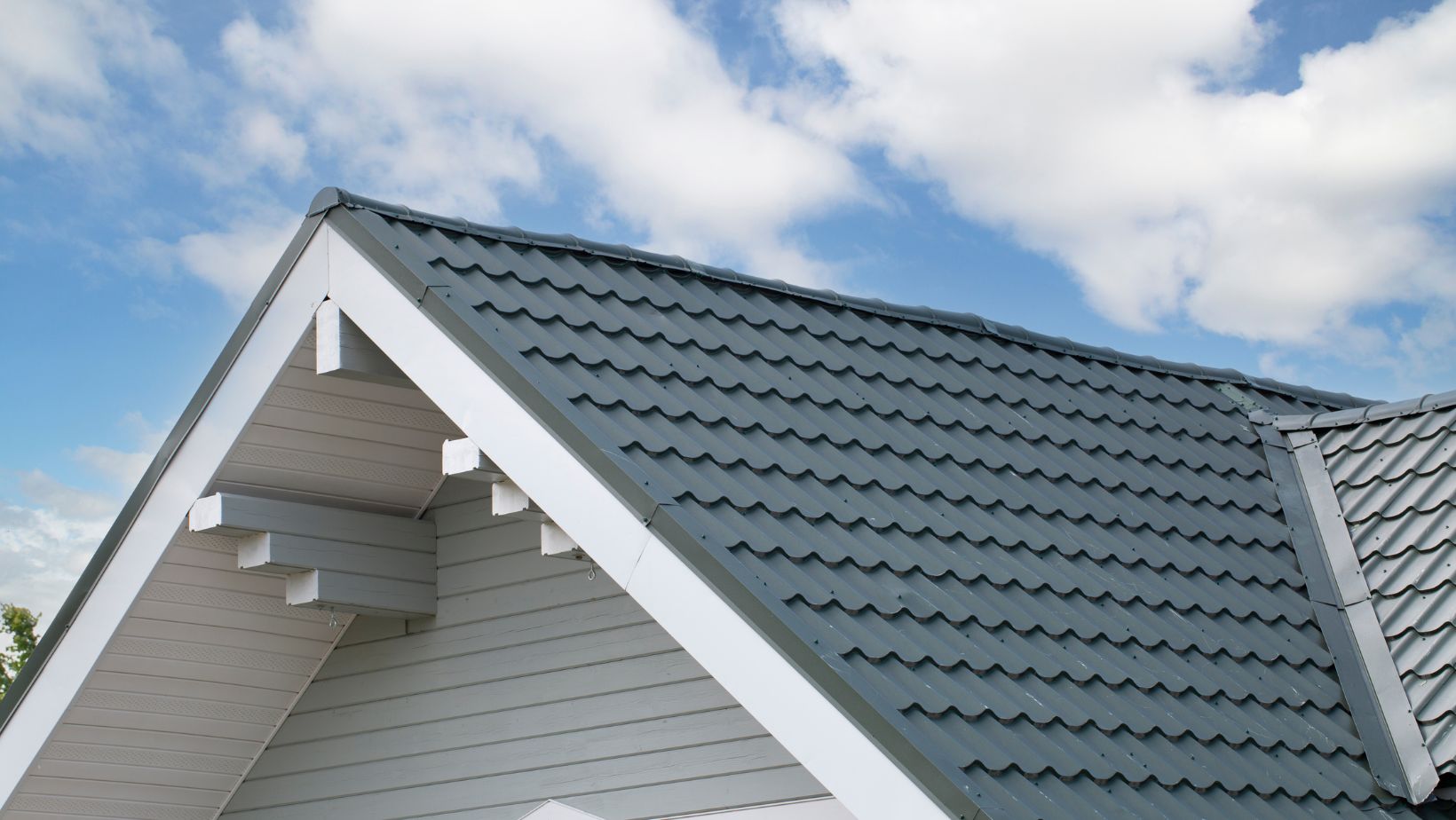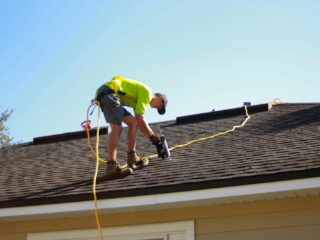
Since your roof is your home’s first defense against harsh weather conditions, keeping it in good shape is necessary. If you do not maintain it properly, strong winds, snow storms, and heavy rains can cause costly damage.
Taking proactive steps to inspect, fix, and strengthen your roof can help protect it better, saving you from emergency repairs. Read more to learn how to prepare your roof for harsh conditions, ensuring your family’s safety.
Inspect the Roof
The first step in preparing your roof for harsh weather is to inspect it thoroughly. Begin with a visual check by observing from the ground or climbing to look more closely. Look for loose, damaged, or missing shingles that allow water or wind to enter. Inspect the flashing around the chimneys, vents, or skylights for rust or gaps that cause leaks. Sagging areas or stains on the roof may indicate leaks or structural damage.
Clean the Downspouts and Gutters
Clean downspouts and gutters help protect your roof during harsh conditions. Clogged gutters cause water to pool on your roof, increasing the risks of ice dams, leaks, and structural damage.
Start by removing the leaves, twigs, and other debris with a scoop or your hands. Rinse the gutters with a garden hose and observe how freely the water flows. Look for blockages, inspect for cracks, and any other sections that require repairs.
Tighten Loose Shingles
Loose shingles can make your roof vulnerable to harsh weather, such as heavy rains, high winds, or snow. To spot these problems, look for shingles that are curling, cracked, or lifting at the edges.
Secure the loose shingles with adhesive or nails and ensure that they are firmly attached to the roof deck. Replace any significantly damaged shingles to prevent leaks, drafts, and further damage.
Seal and Waterproof the Roof
Sealing and waterproofing your roof can help safeguard your home during harsh weather by preventing water from entering. To do this, inspect vulnerable areas like the seams, valleys, and flashing for cracks and gaps.

From there, apply caulk or a roof sealant to ensure it is watertight. A waterproof membrane or underlayment provides extra protection, especially during snow or heavy rainfall. If your home has a flat roof, use a waterproof coating to create a moisture-resistant barrier.
Trim Nearby Tree Branches
Overhanging tree branches significantly threaten your roof during harsh weather conditions. Heavy rain, strong winds, or ice can cause tree branches to break, damaging the roof structure, gutters, or shingles.
Cut the branches too close to your roof, creating at least a ten-foot clearance. This reduces the risk of branches scratching your roof during storms. Pole saws or pruning shears are effective for trimming the trees and protecting your roof.
Upgrade the Roofing
Upgrading your roof can significantly improve its durability and resilience against harsh weather. As your roof becomes older and frequently damaged, consider replacing the materials with stronger ones.
For instance, you can use impact-resistant shingles, metal roofing, or tiles that offer superior protection. If you live around the area, consider hiring Richmond roofing companies to upgrade your roof properly.
Install Storm Shutters
While storm shutters protect your windows, they reduce the wind effect inside your home, protecting your roof during harsh weather. Go for aluminum or steel shutters since they can withstand extreme conditions.
Panel-style or roll-down shutters are usually flexible enough to suit your home’s needs. When properly installed and securely fastened, they keep your roof intact during severe storms.
Hire Professionals
Expert roofers can identify issues you may not pick up during DIY inspections. They evaluate the condition of your gutters, flashing, and shingles while fixing the structural weaknesses.

Professionals are better equipped to handle complex tasks like waterproofing, sealing, or reinforcing vulnerable spots. Licensed contractors can recommend suitable roofing materials and help you upgrade or repair your roof if necessary.
Endnote
Roofs are often vulnerable to harsh weather conditions. To protect yours, inspect it regularly, clean the gutters, tighten loose shingles, and seal it properly. Cut overhanging branches, upgrade the roofing, install storm shutters, and work with professionals if necessary.












